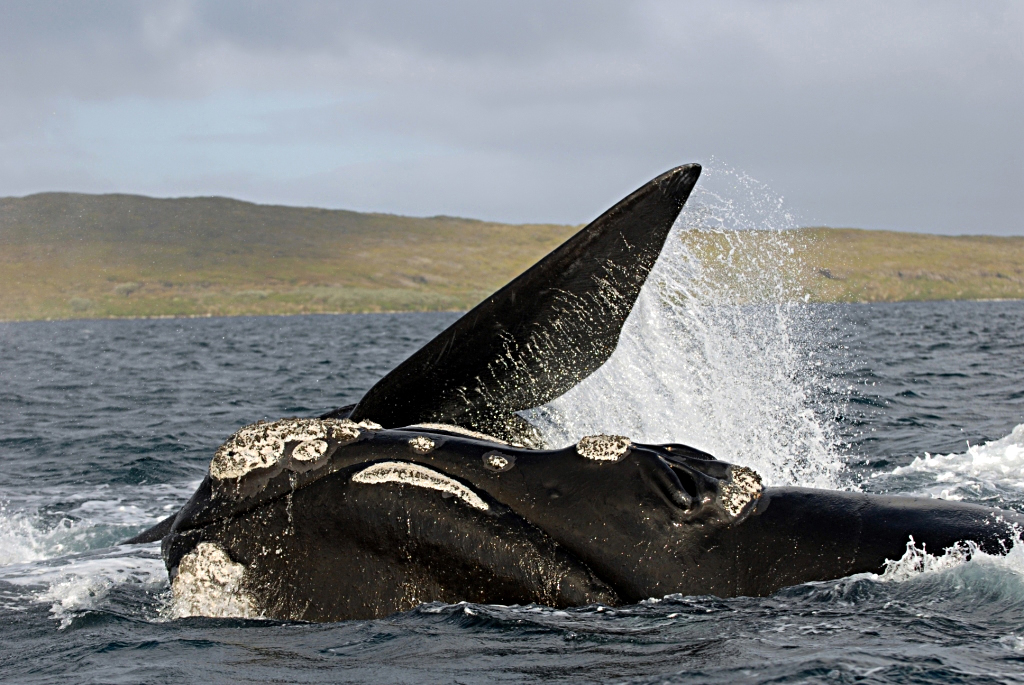A new whale-monitoring program that uses drone technology to monitor, track and identify southern right whales off the NSW coast is said to be delivering “spectacular” results during this year’s whale-migration season.
The state’s Environment Minister, Matt Kean said the Right Whale ID citizen-science project enabled researchers to identify and track the endangered whales as they moved around the region.
“We are seeing some truly spectacular images and vision of these precious and endangered animals. Only this week we have been tracking two pairs of southern rights in Jervis Bay, south of Sydney,” he said.
Bays and estuaries are a kind of whale pre-school
“We can see from their behaviour that they use our city bays and estuaries as a kind of pre-school, where they teach their calves how to breach and feed before heading off to Antarctica for the summer.”
According to the minister, unlike humpback whales, southern right whales along the south-eastern coast of Australia do not complete the ‘humpback highway’ and motor past NSW to Queensland waters. Instead, they prefer to hang out in the state’s coastal bays and along its beaches to breed and give birth.
Every southern right whale, including the calves, have white-coloured hardened skin patches called callosities on their heads that create distinct, individual patterns. Analysis of photos from the drones is then used to build up a library of images to identify individuals year-on-year and better understand their movements.
Project’s drone pilots are all enthusiastic amateurs
This new pilot program involves the National Parks and Wildlife Service sending out drone operators who are accredited by the Civil Aviation Safety Authority and trained to observe the legal approach distances applicable to whales.
Drone operators being used as part of the monitoring program are members of the public, usually enthusiastic amateurs, some of whom have taken drone vision for National Parks in the past. This year the project aims to train 20 volunteer drone operators along the NSW coast.
The south-eastern Australian population of southern right whales is estimated to be less than 300 individuals, with fewer than 30 mothers expected to give birth in either Victorian or NSW waters this year.












